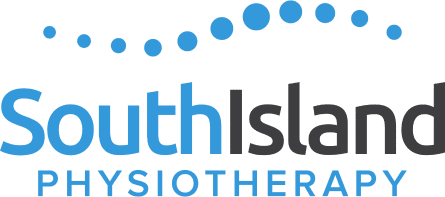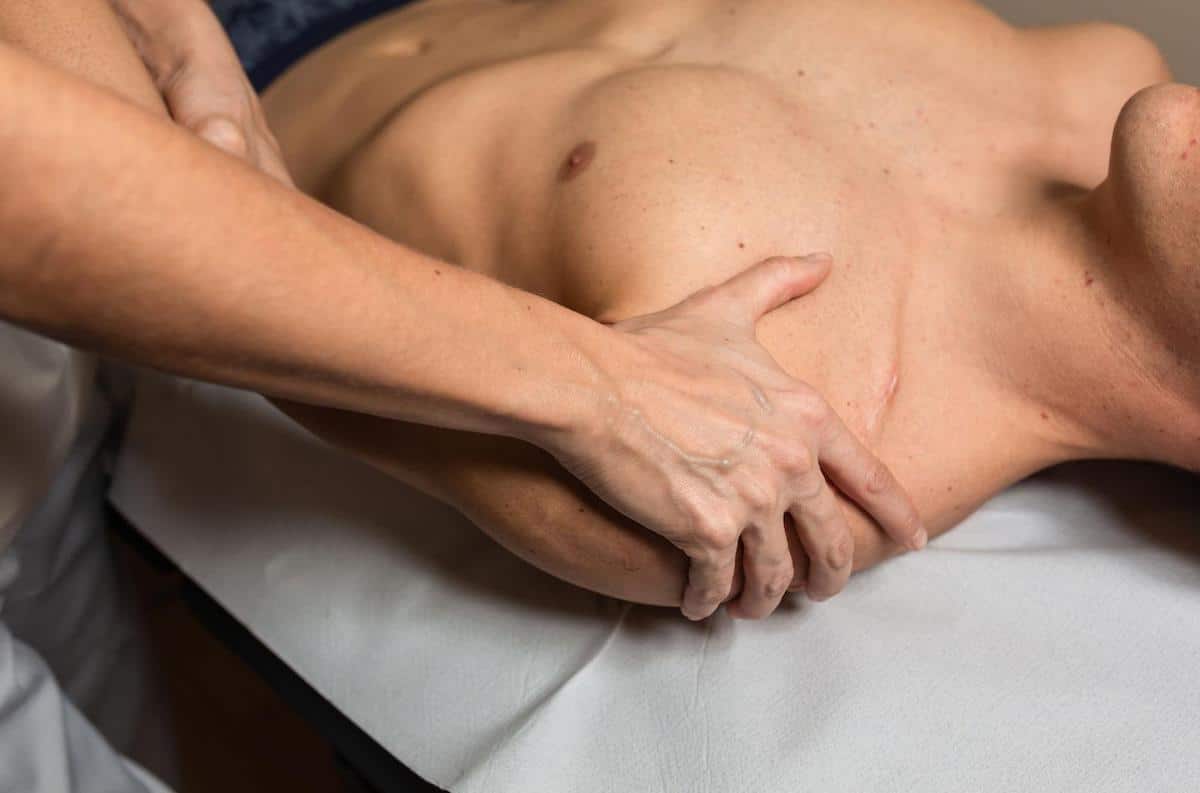From Shoulder Tendinopathy to Achilles Tendinopathy: What You Need to Know
Tendon pain and injury can be a confusing topic, particularly when you’re the one suffering. With various ‘quick fix’ options being advertised, as well as online fitness gurus proclaiming one approach over another, we find that patients are often left perplexed. This blog post is meant to simplify the complex topic of tendon pain, injury, and rehabilitation.
So what is a tendon? Simply put, a tendon is the structure that attaches your muscle to bone. It helps to transmit force produced by your muscle(s), to your bone(s), so that you can move. Dig a little deeper and you’ll find that tendons are composed of type 1 collagen and proteoglycan, which enable them to store and release energy, stretch, and adapt to stress.
What is Tendinopathy?
Tendinopathy is a fancy five-syllable word we use to define tendon pain and/or injury. It occurs when the tendon is exposed to an unfamiliar amount of activity without being given an appropriate amount of time to adapt or due to sudden compression (a hard fall). When one or both of these situations arise, the tendon will communicate its displeasure through the medium of pain and perhaps swelling.
What are the Different Tendon Conditions?
Though tendinopathy is a broad term used to define tendon pain and/or injury, we do have more specific categorizations for determining the severity of tendon injury. These categories help to make sense of terms like tendonitis, tendinosis, tendon pathology and degeneration, and other materials focused on tendon healing. These include having a normal tendon, reactive tendon, tendon in dysrepair, and degenerative tendon. To determine what stage of tendinopathy you might be suffering from, continue reading.
Normal Tendon
A normal tendon is optimal. It has been given enough time to adapt to a given training volume or level of physical activity. It has upregulated its ability to store and release energy so that you can engage in the activities you love. We all want normal tendons. They aren’t at risk for injury, inflammation or tendon rupture.
Reaction Tendon
A reactive tendon is the first step in developing acute tendon-related pain. It’s usually a product of abrupt overload but can also occur due to sudden compression (i.e., falling on your knee or elbow). The tendon experiences a non-inflammatory cell response and an increase in water content. There is a short-term adaption which thickens and stiffens the tendon to reduce stress or protect the tendon from further irritation. You’ll likely experience pain and a restriction in pain-free movements.
Tendon in Dysrepair
A tendon in dysrepair is another step away from having a normal tendon. It’s usually a product of chronic tendon overload. This is common in endurance athletes that suffer through training blocks despite having received multiple signals from their tendon(s) to reduce training volume. A tendon in dysrepair has attempted to heal, but the demands placed on it have interrupted the tendon repair process. During this phase, there is tendon tissue matrix breakdown, collagen separation/ disorganization, and possible vascular and neuronal ingrowth (things we don’t want to happen). At this point, the tendon may appear swollen and thick. It will be painful and limiting.
Degenerative Tendon
A degenerative tendon is the final stage of tendinopathy. It’s characterized by the progression of collagen matrix breakdown and intracellular changes (more of what we don’t want to happen). At this stage, cell death has occurred within the tendon and there’s an increased risk of rupture (try not to YouTube achilles tendon or patellar tendon rupture). Those with a degenerative tendon usually have a history of repeated bouts of tendon pain that reduces along with load management (slowing down from the activities that cause pain). Though this might provide intermittent relief, it’s not an optimal approach for the treatment or management of tendinopathy.
So what do we do about tendinopathy (particularly during the later stages)? First, it’s important to know that regardless of your stage of tendon injury, you can always progress towards having a normal tendon. Second, you want to make sure that you’re progressing into activities gradually. Enthusiasm is great, but we want to avoid overuse injury. Third, if you’re experiencing tendon related pain or injury, you should contact an experienced healthcare practitioner. At South Island Physiotherapy, our team of Physical Therapists, Massage Therapists, and Kinesiologists specialize in the treatment of tendinopathy or tendinopathies.
Tendinopathy FAQs
Where does tendinopathy occur?
Tendinopathy can occur in various parts of the body where tendons attach muscles to bones, such as the shoulders, elbows, wrists, hips, knees, and ankles. Examples include rotator cuff tendinopathy, tennis elbow, golfer’s elbow, achilles tendinopathy, patellar tendinopathy, gluteal tendinopathy, and so many more.
Can tendinopathy be permanent?
Yes, tendinopathy can be permanent if it is not properly treated or if it has been present for a long time. Chronic tendinopathy can lead to degenerative changes in the tendon and result in permanent damage. However, with appropriate management, such as rest, physical therapy, and medication, it is possible to improve symptoms and reduce the risk of long-term damage.
How to prevent tendinopathy?
1. Gradual Progression: Gradually increase your exercise program or activity level at a slow and steady pace.
- Proper Equipment and Form: Make sure that you use the proper equipment, including shoes, and maintain proper form while exercising.
- Warm-up and Cool-down: Always perform a proper warm-up and cool-down before and after any activity or exercise.
- Rest and Recovery: Take adequate rest and recovery time between workouts to allow your body to recover fully.
- Proper Nutrition: Ensure that you maintain a balanced and healthy diet, including sufficient amounts of vitamins and minerals.
- Adapt to Age: Adapting your activity/program to your age is very essential.
- Strength Training: Engage in strength training programs to build up your muscles and tendons.
- Appropriate Exercises: Choose exercises that are appropriate for your fitness level, age, and overall health.
- Seek medical advice: If you have pain or discomfort in your tendons, seek medical advice to prevent further injury.
If you’re suffering from tendon pain or injury, don’t let the confusion and conflicting advice leave you feeling helpless. Take control of your recovery by understanding tendinopathy and the treatment options available to you. At South Island Physiotherapy, our team of experienced healthcare practitioners specialize in the treatment of tendinopathy. Contact us today to learn more about how we can help you progress towards having a normal tendon and get back to doing the activities you love. Feel free to book an appointment online or you can find us here.

